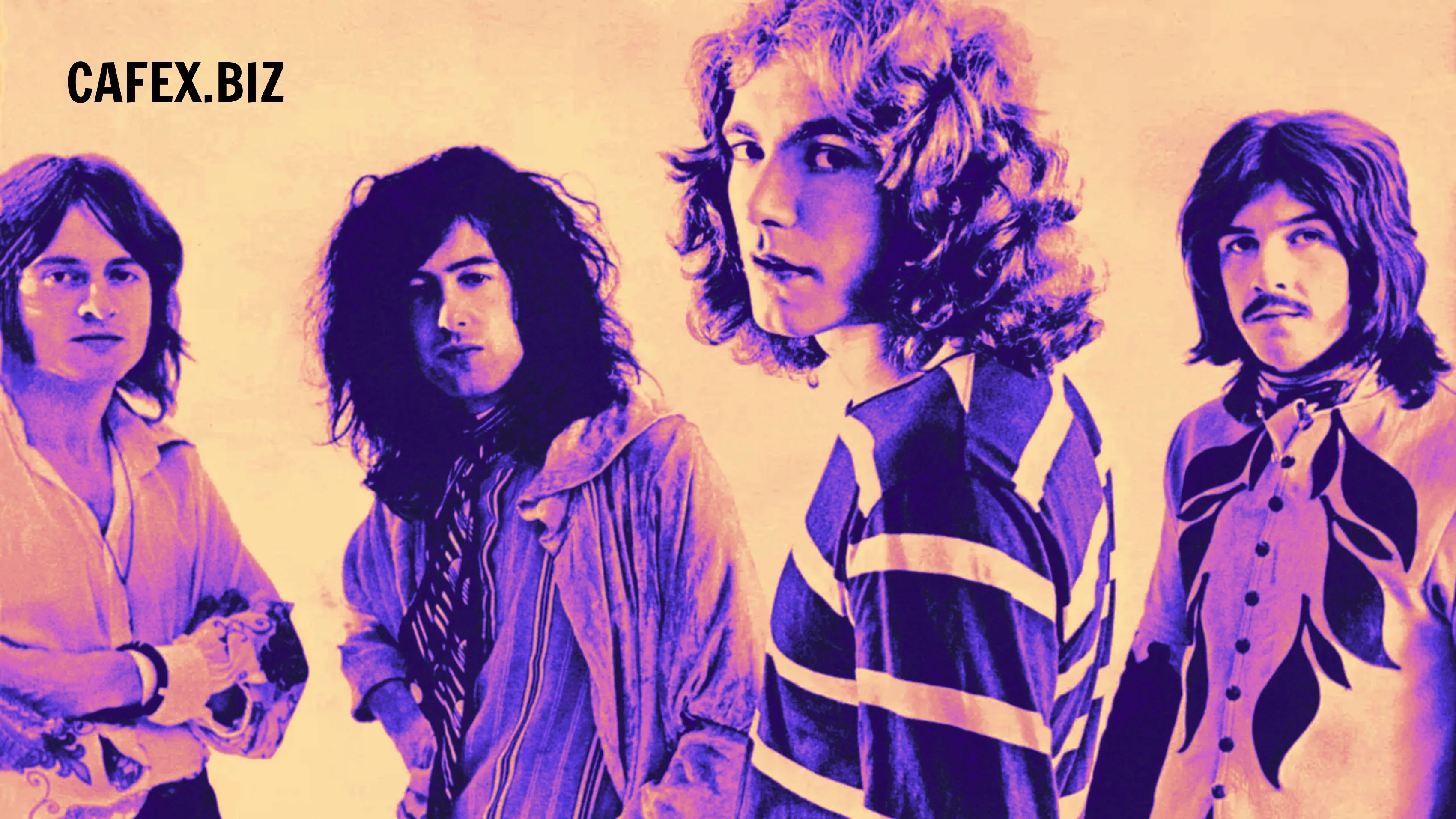Alfred Hitchcock: The Master of Suspense and Cinema's Legendary Director
Alfred Hitchcock, often referred to as the "Master of Suspense," is one of the most iconic and influential filmmakers in the history of cinema. With a career spanning over six decades, Hitchcock left an indelible mark on the art of storytelling and revolutionized the thriller and suspense genres.
From his innovative use of camera techniques to his mastery of psychological storytelling, Hitchcock's films continue to captivate and thrill audiences worldwide. In this article, we delve into the life, career, filmmaking style, and lasting legacy of the legendary director, Alfred Hitchcock.
1. Early Life and Start in Film
Alfred Joseph Hitchcock was born on August 13, 1899, in Leytonstone, a suburb of London, England. He developed an interest in cinema and the arts at an early age, and his fascination with storytelling and suspenseful narratives would become the foundation of his future career. After attending the School of Engineering and Navigation, Hitchcock found his true calling when he joined the film industry in the 1920s as a title card designer and an assistant director.
Hitchcock's earliest directorial efforts in British silent films demonstrated his ability to create tension and intrigue through innovative visual storytelling. Films like "The Lodger: A Story of the London Fog" (1927) and "Blackmail" (1929) showcased his early mastery of suspenseful filmmaking techniques that would become synonymous with his name.
2. Transition to Hollywood and Early Success
In the 1930s, Hitchcock's reputation as a talented filmmaker grew, attracting the attention of Hollywood studios. In 1939, he signed a contract with David O. Selznick's production company, Selznick International Pictures, and made his first American film, "Rebecca" (1940), which won the Academy Award for Best Picture.
This marked the beginning of a fruitful and enduring collaboration between Hitchcock and Hollywood.
Throughout the 1940s and 1950s, Hitchcock continued to solidify his reputation as a master storyteller with a string of successful and critically acclaimed films, including "Shadow of a Doubt" (1943), "Notorious" (1946), and "Rear Window" (1954). His distinctive directorial style and thematic preoccupations began to emerge, drawing audiences into a world of psychological complexity and moral ambiguity.
3. The Hitchcockian Style
Alfred Hitchcock's filmmaking style is distinctive and instantly recognizable, earning him the title of the "Master of Suspense." His ability to craft tension, surprise, and psychological intrigue became his signature, creating a genre of its own known as "Hitchcockian." Some key elements of the Hitchcockian style include:
a. The MacGuffin: Hitchcock often used the concept of the MacGuffin, a plot device that serves as a catalyst for the story but is ultimately less important than the characters and their motivations.
b. Suspenseful Plot Twists: Hitchcock was a master at building suspense and surprising his audience with unexpected plot twists, keeping them on the edge of their seats.
c. Voyeurism and the Unreliable Narrator: Many of Hitchcock's films explore themes of voyeurism, with characters witnessing events they shouldn't, blurring the lines between observer and participant.
d. The "Wrong Man" Theme: In several of his films, innocent individuals find themselves caught in dangerous situations or falsely accused, leading to a theme of the "wrong man" pursued by the authorities.
e. Innovative Camera Techniques: Hitchcock's use of camera angles, editing, and montage techniques was groundbreaking and added to the tension and drama of his films.
4. Collaboration with Actors and Actresses
Hitchcock was known for his meticulous attention to detail and his skill in directing actors and actresses. He had a keen eye for casting, choosing actors who perfectly fit their roles, and bringing his complex characters to life.
He worked with some of the most celebrated actors of his time, including James Stewart, Grace Kelly, Cary Grant, and Ingrid Bergman, among others. Hitchcock's ability to extract nuanced performances from his cast contributed to the success of his films and enhanced the emotional depth of his stories.
5. The Masterpieces: Iconic Films by Hitchcock
Throughout his prolific career, Alfred Hitchcock directed numerous iconic films that have become classics of cinema. Some of his most notable masterpieces include:
a. "Vertigo" (1958): This psychological thriller starring James Stewart and Kim Novak is often considered one of Hitchcock's greatest achievements. Its exploration of obsession, identity, and the human mind continues to captivate audiences.
b. "Psycho" (1960): A game-changer in the horror genre, "Psycho" shocked audiences with its daring storytelling, unforgettable shower scene, and psychological complexity.
c. "North by Northwest" (1959): This stylish and suspenseful spy thriller, starring Cary Grant, features iconic set pieces, including the crop-duster sequence and the Mount Rushmore climax.
d. "The Birds" (1963): Hitchcock's venture into the realm of horror featuring unexplained and relentless bird attacks showcases his ability to turn the ordinary into the extraordinary.
e. "Strangers on a Train" (1951): This gripping film noir tells the story of a chance meeting between two strangers that leads to a sinister pact.
6. Legacy and Influence
Alfred Hitchcock's impact on the world of cinema extends far beyond his lifetime. His films continue to be studied, celebrated, and referenced in modern filmmaking. Directors like Brian De Palma, David Fincher, and Christopher Nolan have cited Hitchcock as a major influence on their work, and his storytelling techniques and visual style can be seen in contemporary suspense and thriller films.
In 1968, Hitchcock received the American Film Institute's Life Achievement Award, and in 1980, he was knighted by Queen Elizabeth II for his contributions to the arts. His films have also been recognized by the Academy Awards, and Hitchcock himself received five nominations for Best Director during his career.
Conclusion
Alfred Hitchcock's artistic genius and mastery of suspenseful storytelling have left an indelible mark on the history of cinema. From his early British films to his illustrious Hollywood career, Hitchcock's cinematic achievements continue to be celebrated and revered.
His influence can be seen in modern filmmaking, and his legacy as the "Master of Suspense" remains firmly intact. As audiences continue to be enthralled by the mysteries and thrill of his films, Alfred Hitchcock's contributions to the world of cinema will forever be etched in the annals of film history.


